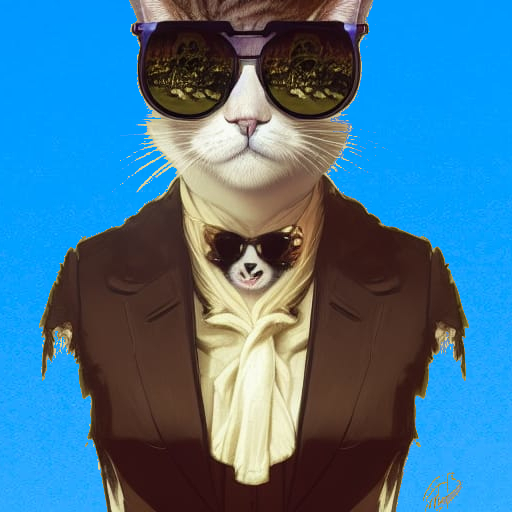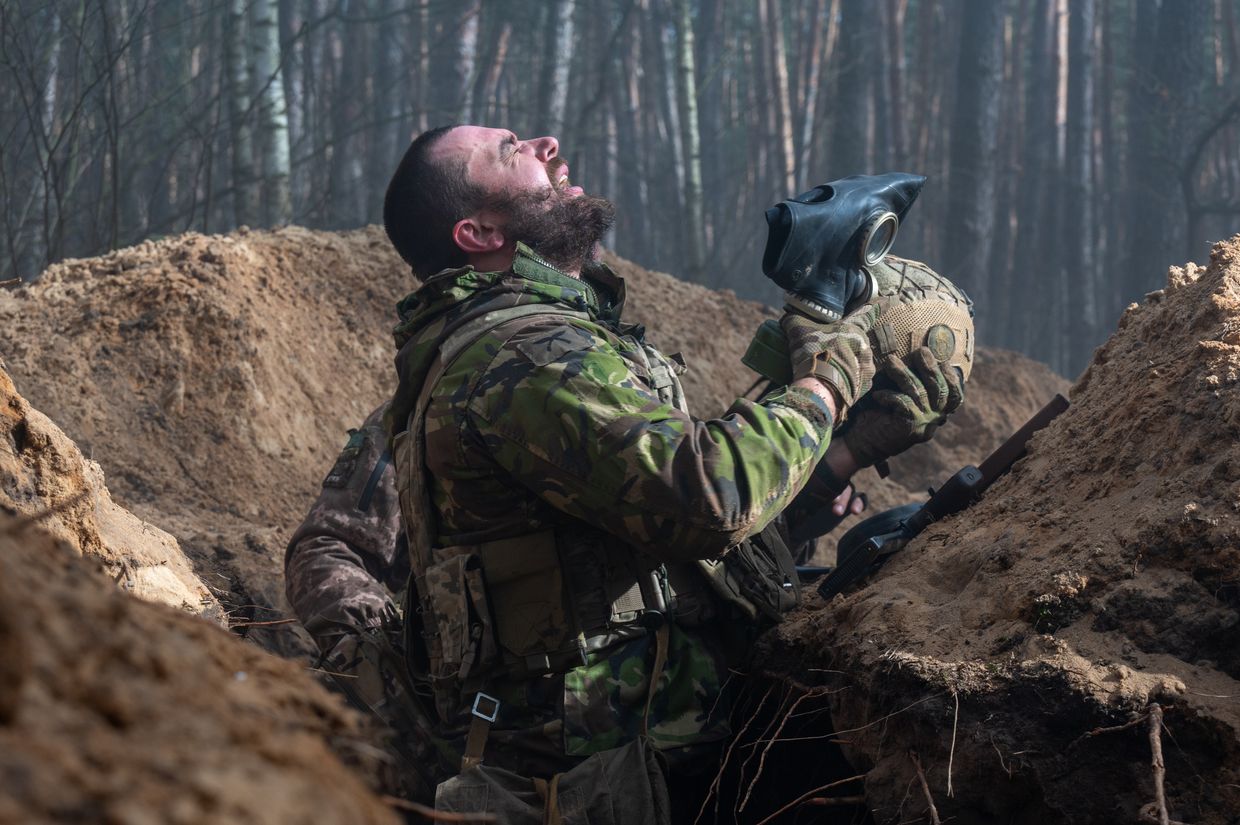- cross-posted to:
- [email protected]
- cross-posted to:
- [email protected]
Gasping for air from a trench in eastern Ukraine, an infantryman was ready for the worst when a suffocating white smoke spread into his position.
A Russian drone had just dropped a gas grenade into the trench, an internationally banned practice in warfare used to suffocate Ukrainian soldiers hiding inside. Forced out in the open, the Ukrainians immediately became vulnerable targets for Russian drones and artillery.
. . .
Russia has increasingly deployed chemical agents in its grand offensive to occupy the last cities in the Donbas region under Ukrainian control. The suffocation tactic is to take out entrenched personnel and dampen the morale of Ukrainian soldiers who – severely outmanned and outgunned – have been withdrawing village by village in the east for nearly a year.



The Irish one predates it, but even this page notes that there’s uncertainty that the phrase arises from the Irish Pale.
The less I know 🌠
Also where the term “impale” comes from, the Pale was demarcated by poles hammered into the ground, and when you didn’t like someone you killed them by jamming them on one of those poles.
The Wikipedia article says “the pale” comes from the Latin word palus, fencepost, so I think “impale” probably comes direct from there.